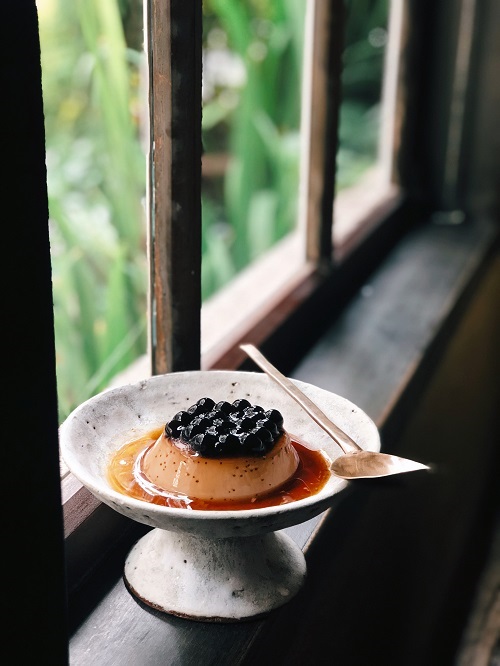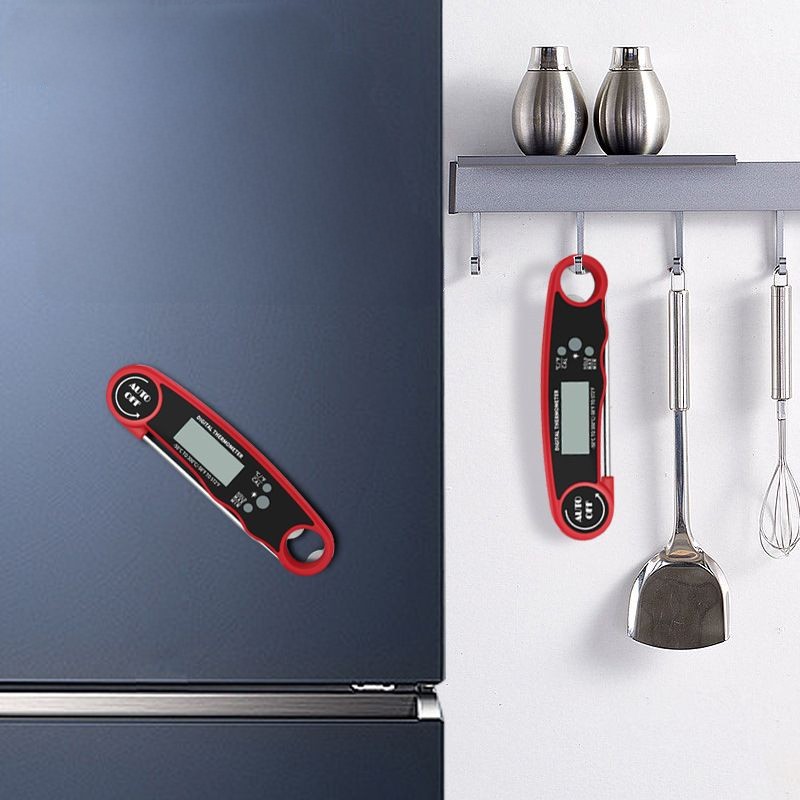Ladies and gentlemen, gather around the culinary campfire because we’re about to unveil the sizzling secrets of meater probes. These nifty gadgets are like Sherlock Holmes of the kitchen, and today we’re delving into the mystique of their heat-conductive materials.

Types
Here are the types of heat-conductive materials:
Stainless Steel: The Iron Chef’s Choice
Picture stainless steel as the superhero in the Meater Probe universe. It’s durable, rust-resistant, and conducts heat like it’s on a mission. When it comes to pinpoint precision and longevity, stainless steel wears the culinary crown.
Copper: The Speedy Gonzalez of Thermometers
If Meater Probes had a Formula 1 race, copper would be the racecar. It responds to temperature changes quicker than your grandma’s witty comebacks at family dinners. But watch out for the rust factor—copper needs a bit more TLC.
Aluminum: The Lightweight Maverick
Aluminum, folks, is the maverick of the probe world. It’s nimble, it’s cost-effective, and it can take the heat like a seasoned chef. However, it might not be the last one standing in a durability showdown with stainless steel.
Bimetallic Probes—Dynamic Duo Delight
Imagine a buddy cop movie where one’s the muscle (stainless steel) and the other’s the speed (copper or aluminum). That’s the bimetallic probe for you. They team up for accurate readings that are tough to beat.
Ceramic Coatings: The Heat Barrier Guardians
Think of ceramic coatings as the protective force fields of Meater Probes. They add extra oomph to heat conductivity while shielding against rust and wear. It’s like having a culinary superhero suit.
Thermocouples: The Electric Sleuths
Sherlock Holmes would be proud of thermocouples. They use two metals to solve the temperature mystery. The voltage they generate is a clue to what’s cooking.
Platinum Resistance Thermometers (PRTs)
The Genius Prodigies
PRTs, or platinum RTDs (Resistance Temperature Detectors), are like the Einstein of the probe world. Platinum conducts heat with unmatched brilliance and delivers precision that would make a mathematician jealous.
Infrared (IR) Sensors: The Jedi Mind Trick of Probes
These probes have a mind-bending power; they can read surface temperatures without laying a finger on the food. Perfect for those Jedi-level grilling maneuvers when you don’t want to disturb the Force.
Hybrid Materials: The Chameleons
Hybrid probes are like the chameleons of the probe world. They mix and match materials for the ultimate adaptability—heat conductivity, durability, and rust resistance—all rolled into one.

Conclusion
So, there you have it, folks—the sizzling lineup of materials that make Meater Probes the kitchen superheroes they are. Whether it’s stainless steel, copper, or a genius combo, these materials are the secret sauce that ensures your meals come out perfect every time. So go ahead, unleash the Meater Probe, and let your culinary adventures reach new heights!

